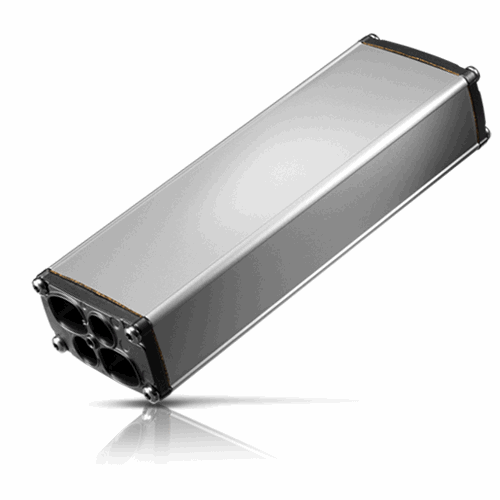
An electronic power supply integrated with the switching regulator that converts the electrical power efficiently from one form to another form with desired characteristics is known as Switch-mode power supply or in short SMPS. Mainly It is used to obtain regulated DC output voltage from unregulated AC or DC input voltage.

block diagream of SMPS
The first step in designing a power supply is to define the power requirements, including the voltage range, output voltage, and load current. Possible solutions are automatically evaluated and one or two recommendations are presented to the user. This is also the first place designers may run into trouble: If the demand is not correctly expressed (for example, if the actual input voltage range is above or below the input value), an unsuitable solution is also displayed. Users can try multiple sets of requirements, but have a clear idea of system requirements.
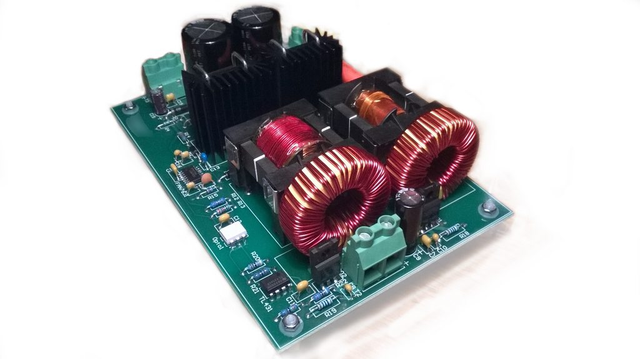
When the regulator solution is selected, the components of the circuit can be determined. The tool will show the part number. The user can change to a preset substitute or enter a custom component. Guidance on component values and all critical parasitic values. If you use a larger custom components with the recommended value, I am afraid that performance will drop a lot.
Performance evaluation
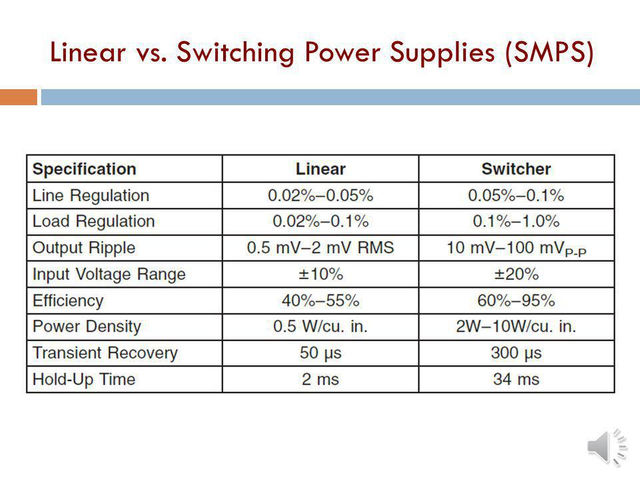
Once the circuit components have been selected, it is time to evaluate performance. In general, the performance evaluation depends on the frequency response (crossover frequency and phase margin), peak current and voltage, and thermal performance (efficiency, junction temperature and component temperature). Although these calculations are based on the model, the simulation results match the workbench data well.
Electrical and Thermal Simulation
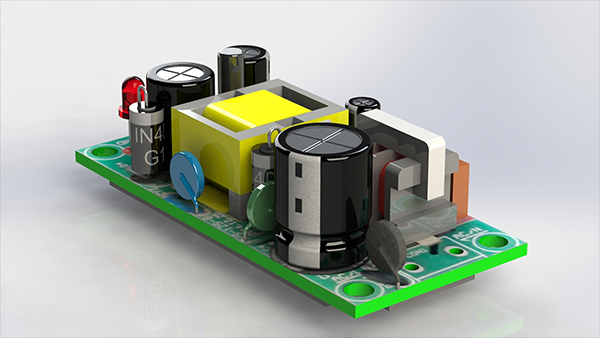
Electrical simulation supports some solutions. These simulators display a logic diagram that allows the user to further change the components and run the test on the regulated circuit. Existing tests include Bode plot, steady state, line transients, load transients and start-up. (Note that portode can only be used on circuits that use fixed frequency regulator ICs.) To make online testing more useful, users should carefully examine all test conditions. The input voltage and load current may change for each test, and the default may not match the user's system. The user must first estimate the result that should be obtained, and if the simulation result is different, find the cause.
Thermal simulation can be used in many scenarios. The online tool uses a reference design layout to evaluate the regulated circuit implemented on the PCB. Components and board temperature results in full color images and tables. Since thermal simulations run faster (results are available in minutes), accuracy can not be compared to a detailed CFD (computational fluid dynamics) simulation that takes hours. However, the temperature is estimated to be within 20 ° C of the actual value. This is enough to determine hot spots on the board or component and prevent overheating.
Test the prototype
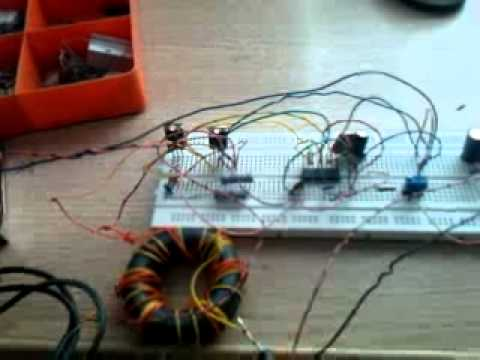
The final step in the design of the switching regulator before it is put into production is to create a prototype for bench testing. Some solutions include custom design support, others have reference design boards. Online tools have great features, and perhaps you'll get the idea of skipping this step - never do that! Most designs work well, but others require elaborate layouts to get the best performance. The actual components may not accurately match the simulation results, especially considering their parasitics, the actual performance (including board layout effects) will be slightly different from the simulation results.

References for Text and Images:
- https://en.wikipedia.org/wiki/Switched-mode_power_supply
- http://slideplayer.com/slide/1524350/
- https://www.linkedin.com/pulse/simple-versatile-300vdc-smps-audio-prototype-steven-a
- http://www.completepowersolutions.co.in/switchmode-power-supply.html
- https://electel.blogspot.in/2016/09/some-of-my-smps-circuits.html
- https://en.wikipedia.org/wiki/SMPS
Support @steemstem and the #steemstem
project - curating and supporting quality STEM
related content on Steemit

This post has received a 1.94% upvote from thanks to: @techlife.
thanks to: @techlife.
For more information, click here!!!!
Send minimum 0.050 SBD/STEEM to bid for votes.
Do you know, you can also earn daily passive income simply by delegating your Steem Power to @minnowhelper by clicking following links: 10SP, 100SP, 500SP, 1000SP or Another amount
Downvoting a post can decrease pending rewards and make it less visible. Common reasons:
Submit
Congratulations! This post has been awarded a 100% upvote by @lottobot! This post was the winner of lottery #1356, which had a total of 1 entries. @lottobot always has a lottery going on! If you would like to nominate a post for the current lottery, just send 0.1 SBD or STEEM to @lottobot, and include the url of the post you would like to nominate as a memo. Learn more by reading the introductory post! Good luck!
Downvoting a post can decrease pending rewards and make it less visible. Common reasons:
Submit